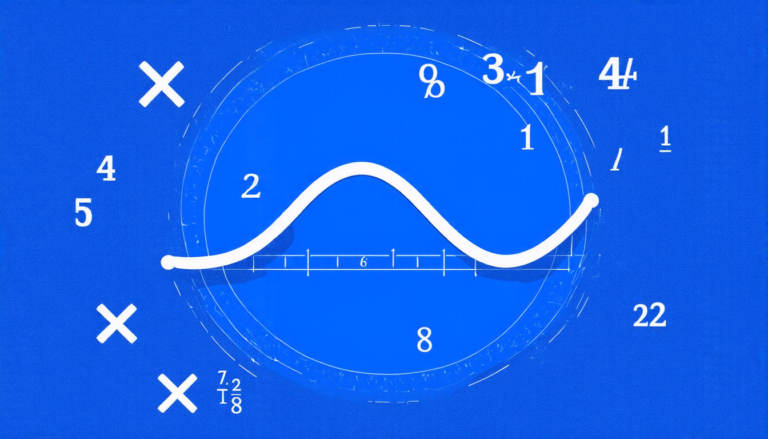Friday 11 April 2025
A new branch of mathematics has been developed, which allows us to understand and describe complex physical systems in a more precise and intuitive way. This approach, known as stochastic geometric mechanics, combines elements of geometry, analysis, and probability theory to provide a powerful tool for studying the behavior of physical systems that are subject to random fluctuations.
One of the key challenges in understanding complex physical systems is that they often exhibit behaviors that are difficult to predict or explain using traditional mathematical methods. This is because these systems typically involve many interacting components, which can lead to emergent properties that are not easily predicted from the properties of individual components.
Stochastic geometric mechanics provides a new way of approaching this problem by using geometric and analytical techniques to describe the behavior of physical systems in terms of their underlying symmetries and structures. This approach is particularly useful for studying systems that involve random fluctuations, such as those found in quantum mechanics or in biological systems.
One of the main advantages of stochastic geometric mechanics is that it provides a way of capturing the essential features of complex physical systems in a simple and intuitive manner. By using geometric and analytical techniques to describe the behavior of these systems, researchers can gain insights into their underlying structures and symmetries, which can be used to make predictions about their behavior.
In addition, stochastic geometric mechanics has been found to be particularly useful for studying systems that involve multiple scales or levels of organization. This is because it provides a way of describing the behavior of these systems in terms of their underlying structure, rather than just focusing on individual components.
Overall, stochastic geometric mechanics is a powerful tool for understanding complex physical systems, and its applications are likely to be wide-ranging and diverse. By providing a new way of approaching the study of complex systems, this approach has the potential to revolutionize our understanding of many fields, from physics and biology to economics and finance.
Researchers have been able to use stochastic geometric mechanics to study a wide range of physical systems, including quantum systems, biological systems, and even financial markets. By applying these techniques, researchers have been able to gain new insights into the behavior of these systems and make predictions about their future behavior.
One area where stochastic geometric mechanics has shown particular promise is in the study of quantum systems. By using this approach, researchers have been able to describe the behavior of quantum systems in terms of their underlying symmetries and structures, rather than just focusing on individual particles or waves.
Cite this article: “Unlocking the Secrets of Stochastic Dynamics: A New Framework for Hamiltonian Systems”, The Science Archive, 2025.
Mathematics, Physics, Geometry, Stochastic Processes, Mechanics, Probability Theory, Complex Systems, Quantum Mechanics, Biology, Finance







